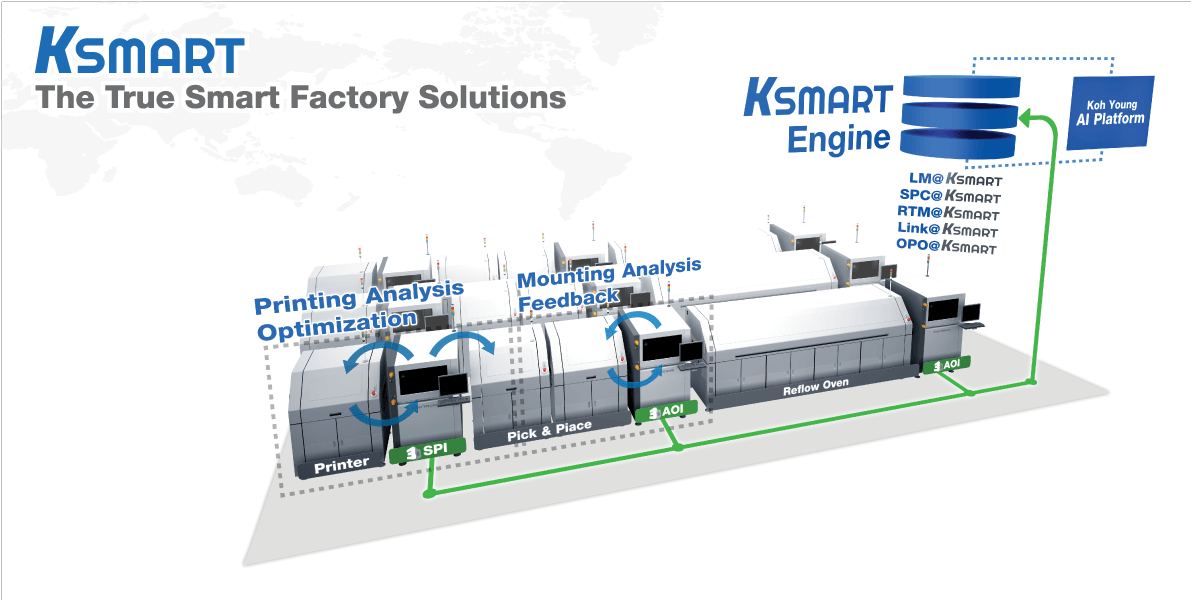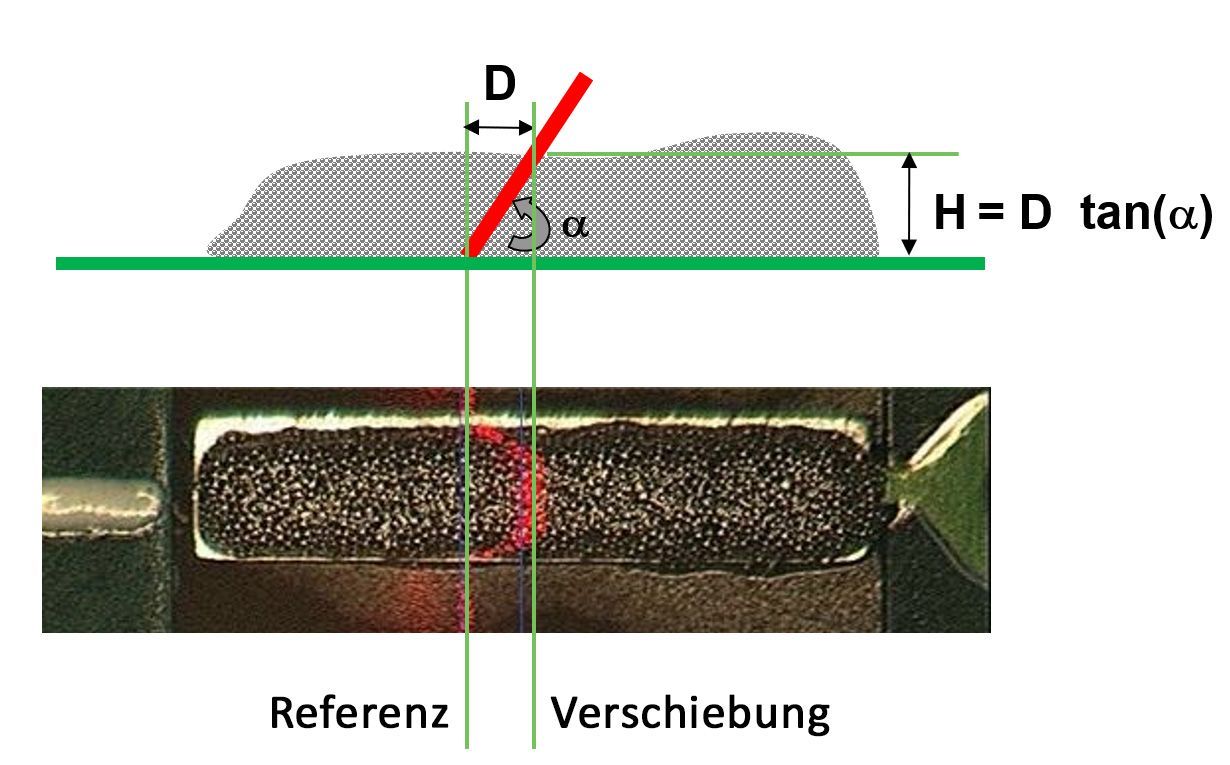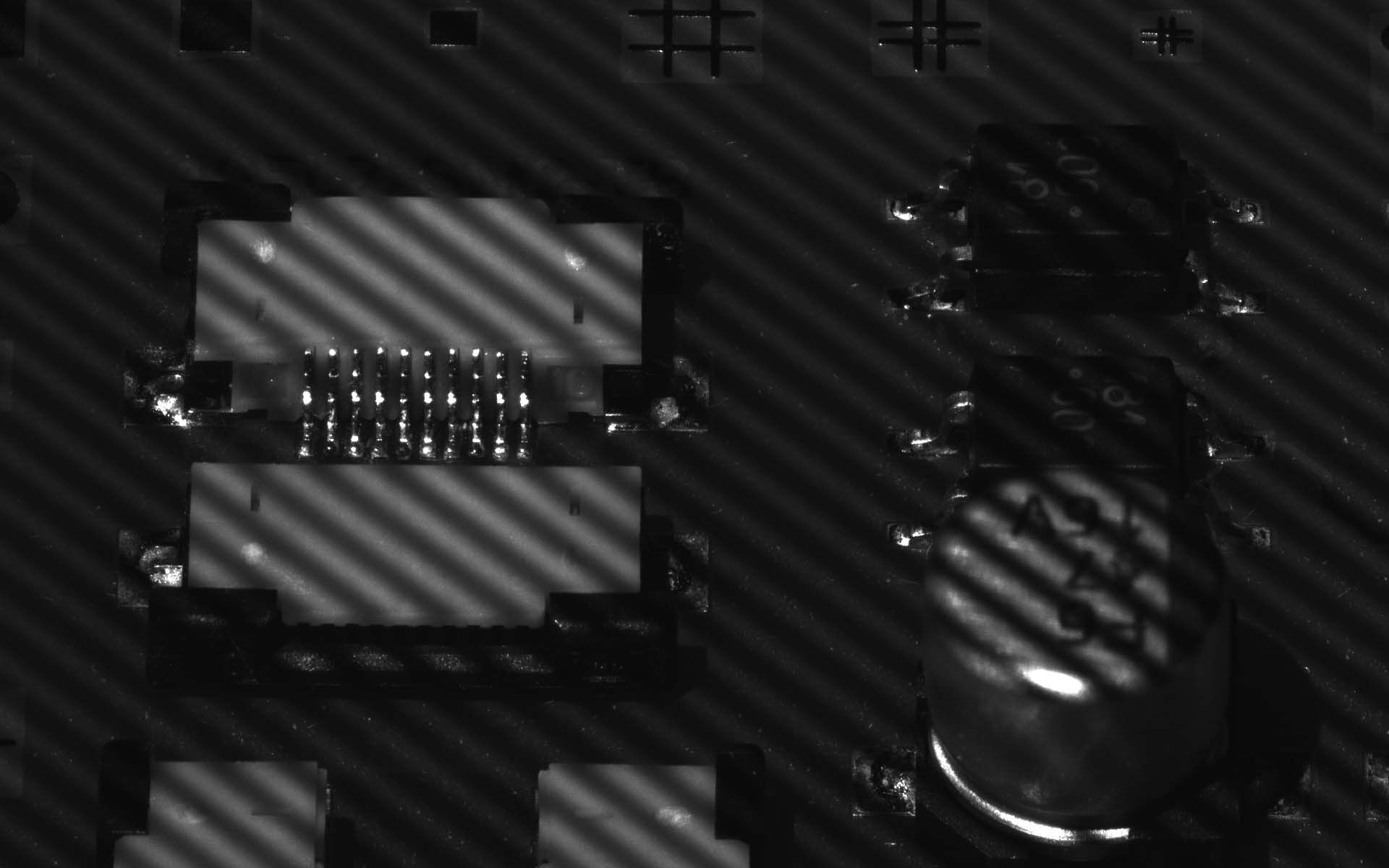Optical inspection with 3D AOI
Quality control you can rely on: 3D AOI systems from Koh Young
Optical inspection with a 3D AOI guarantees consistent inspection quality and reproducible, objective and traceable inspection results and has therefore become the standard for inspecting component bodies and solder joints in SMD production: Has the component been assembled correctly and is everything soldered correctly?
SmartRep works together with the global market and technology leader Koh Young in the field of optical inspection, which includes 3D SPI.
The advantages of Koh Youngs 3D AOI
Fields of application of the 3D AOI
With an AOI system, presence checks can be carried out and defects on components and solder joints can be detected reliably and repeatably, including
- Bridges
- Twisted component
- Polarity
- Offset
- Dimension errors
- Tombstones
- Side bearing
- Solder joint defect
- Lifted lead
- Protruding pin
It is also possible to check the printed circuit board for foreign material and to perform a OCR test.
Shadow-free measurement using strip grid projection
In order to achieve reproducible 3D measurement results regardless of reflections and shadowing, Koh Young relies on multi-frequency moiré phase shift technology, in which a stripe grid is moved across the assembled PCB. When the pattern hits a component, the stripe grid shifts. The strength of the shift is directly dependent on the height of the component. Koh Young measures this displacement and uses it to calculate an exact 3D image of the measured object - regardless of color values, shading and reflections for a reproducible measurement result free of error slippage.

Integrated into the KSMART-world
The KSMART tools are a collection of web-based applications developed by Koh Young that transform the 3D AOI from a quality control tool into a central starting point for cross-process improvements. Features of the KSMART tools include statistical process control, real-time monitoring and linking with other Koh Young systems in production.
Things to know about 3D AOI
How is a 3D AOI built and where does it reach its limits? Where should the AOI be positioned in the line and does this affect the cycle time?
We'll tell you!
2D AOI vs. 3D AOI
2D AOI
For a long time, 2D inspection has been the standard for optical inspection of components: One or more cameras are used to take images of the printed circuit board under a specific exposure, which are then evaluated for gray values or color tones.
Since the results of 2D inspection are strongly dependent on the illumination used, even a dimmer light source or the illumination settings of different machines can lead to deviations in the gray values and thus to inaccurate measurement results or pseudo errors.
Also, no height information can be acquired during 2D measurement, which makes evaluation of the solder flow according to IPC impossible and the detection of depressions as polarity marks very difficult. Today, pure 2D AOI systems have therefore been almost completely displaced from the market by 3D AOI systems.

In 2D the polarity mark is barely visible.
3D AOI
Today, 3D AOI is the standard for optical inspection of components in SMD manufacturing: By capturing height information, it is possible to measure, among other things, the tilt of the component, 3D polarity marks (pits) and the solder joint and its junction angle, which enables inspection according to IPC specifications.
In 3D, however, it is only possible to measure what is also available as height information on the PCB. In order to also detect printed features such as inscriptions or polarity marks, 2D measurements can also be performed with all common 3D AOIs.
3D AOI systems differ from each other primarily in the ratio of 2D to 3D technology used in inspection: some 3D AOIs use 2D technology for most of the inspection, while 3D technology is only used to inspect areas that cannot be detected in 2D.
Other manufacturers, including Koh Young, inspect entirely in 3D and use 2D inspection only to capture markings or other 2D features. By using a strip grid to measure components in 3D, Koh Young's lighting has no effect on the result of the height measurement. Therefore, with a 3D AOI, the measurement results are permanently reproducible and consistent from machine to machine, keeping the inspection quality constant even with multiple systems in production.

The polarity mark is only clearly visible in the 3D view.
Design and function of an AOI system
Basically, AOI systems consist of an illumination system and one or more cameras that take pictures of the PCB during the inspection process - either "on the fly" or "stop-and-go".
„On the Fly“- Image generation
With this type of inspection, the inspection images are created as the camera head moves across the PCB like a scanner. While this makes this method very fast, vibrations transmitted across the floor or from neighboring machines into the AOI can lead to measurement inaccuracies. In addition, an assembly may not be completely captured in one scan because the laser moves over the assemblies line by line. Components are thus divided into several scans, which then have to be reassembled into a complete image (stitching). Here, too, inaccuracies can occur that influence the inspection result and lead to pseudo errors.
„Stop-and-Go“- Image generation
With stop-and-go image creation, the camera moves to a point on the PCB and stops for image creation. Vibrations and movements thus have hardly any influence on the measurement accuracy, since the measurement is always performed in the idle state. In addition, with the "stop-and-go" method, the camera can be positioned in such a way that each component is completely captured in one shot, which largely eliminates the need for subsequent stitching of images. The exception here are components that are larger than the field of view (FoV) of the camera.
Koh Young's AOI systems use the "stop-and-go" method:
The acquired images are automatically processed by the AOI system software and evaluated as "good" or "not good" based on defined inspection parameters.
Challenges of automated optical inspection
An optical inspection system basically only sees what is theoretically visible to the naked eye. Lighting conditions that impair our vision also pose a challenge for the AOI:
Shadows:
If objects are illuminated from one side, a shadow is cast. This shadow area cannot be measured with only one directional illumination (projection). So to fully inspect boards where small components are shadowed by larger ones, you need more than just one projection.
That's why all Koh Young 3D AOIs have a multipath projection with - depending on the system - up to 9 projectors. This way, shadows can be completely eliminated and all components on the PCB can be completely measured in 3D

A component is shaded from all sides by a PVC pipe.

Despite the shading, the component is measured completely in 3D.
Reflections:
Depending on the surface properties of the target, the light is reflected directly into the camera. This results in a reflection. This area can also not be measured with only one projection.
Board Warpage:
In addition to shadowing and reflections, PCB warpage also poses a challenge for AOI systems: If a PCB is bent or warped, the positions of the pads no longer match the CAD or Gerber data, and the height profile of identical components may also be different. The result is unreliable inspection results.
Koh Young counteracts PCB warping with Dynamic Auto Zero-Reference Finding technology (DARF): Instead of using one zero point for the entire PCB, a separate zero reference plane is calculated for each component.

Koh Young counters measurement inaccuracies due to PCB warping with DARF technology to find new zero reference planes.
Component Height
Bauteile mit einer Höhe von mehr als 25mm bringen das klassische Bauteil-AOI an seine Grenzen. Für die optische Inspektion von Bauteilen mit über 25mm Höhe, wie z.B. Pins, braucht es spezielle Inspektionssysteme.
Limits of automated optical inspection
Not everything can be inspected with an AOI:
Hidden Solder Joints
With an optical inspection, components and solder joints can only be inspected externally. The AOI cannot inspect hidden solder joints and components, as is the case with BGAs, for example. Only an X-ray inspection makes visible what is hidden under a component body.
Defect Components
It is also not possible to check whether the installed components are functional with an AOI. An electrical tester is required to detect defective components.
Height measurement with an 3D AOI
Even though every AOI-manufacturer uses its own methods and algorithms for measuring the height of component and solder paste, the height measurement in 3D AOI systems is based on the same principles: In most AOI-systems, height measurement is based on the strip grid projection, but height measurement using a laser (laser triangulation) is also used.
Laser triangulation:
In the laser triangulation process, a focused light beam (laser) is projected into a camera field from a known angle. When the laser hits a flat surface, the laser shows up as a straight line. However, if the laser meets an increase such as components or solder paste, the laser beam shifts. Here applies: The higher the components, the bigger the shift. To calculate the component height, the distance between the laser beam on the PCB (reference) and the shift is determined by counting the pixels in between the two lines.

Counting the pixels makes laser triangulation prone to errors and measurement inaccuracies: When the laser hits an uneven or reflective surface, the light breaks and the laser line blurs, which means that the distance between reference and shift can no longer be calculated accurately.
Small height differences are difficult to measure with the laser as well: The smaller difference in height, the smaller the distance between reference and shift, which makes precise measurement of the distance difficult.
Strip Grid Projection:
The Multi-Frequency Moiré Phaseshift Technology used in Koh Young 3D AOI systems is based on the principle of Strip Grid Projection: A strip grid is projected onto an assemled PCB. If the projection of the stripe grid falls on a component, the stripe pattern shifts. Here, too, applies: The higher the component, the bigger the shift.
The phase shift is the heart of the technology: Pattern overlays from repeated, slightly shifted projections of the stripe grid result in interferences, which the system evaluates at 4 frames per pixel and translates into 3D measurement data using complex algorithms. In this way, even very fine height differences (shifts of less than one pixel) can be measured precisely.


Integrating the AOI into the production line
An AOI can be either placed inline as pre-reflow or post-reflow AOI or outside the line as post-reflow AOI island.
Post-Reflow AOI:
Placed after the oven, the post-reflow AOI represents the "end-of-line" control of the finished product and provides valuable feedback on the pick-and-place machine and oven through its measurement results. For example, cold solder joints indicate a problem with the temperature in the oven and frequently occurring component misalignment indicates a problem with the pick-and-place machine. AOI systems are therefore most often placed post-reflow.
Inline Post-Reflow AOI:
When the post-reflow AOI is placed in the line, the printed circuit boards to be inspected are automatically fed to the AOI system, inspected and evaluated. Thus, the feedback to the pick-and-place machine is immediate and it is possible to intervene in the process while the order is still running.

Standard positioning of the AOI as inline post-reflow AOI
Island Post-Reflow AOI:
With a post-reflow AOI that has been positioned outside the line as an island, the PCBs are inspected only after the job is completed. Thus, conclusions about the process can only be drawn for the next job.
Pre-Reflow AOI:
A pre-reflow AOI is mostly used, when components have to be shielded during reflow process and thus cannot be inspected post-reflow with an AOI. For the inspection of shielded or hidden components an X-ray system or an electrical tester is needed.
Does inline inspection impact the cycle time?
The cycle time of an AOI system depends directly on the number of field-of-Views needed for inspection and therefore on the camera resolution. The traversing speed of the system in cm2/second therefore says nothing about the cycle time of a system.
First, the camera resolution, i.e. the size of the camera pixels, is defined based on the smallest components to be inspected: Small components, such as 01005 components, can only be measured well with small resolutions around 15µm, resulting in a relatively small field-of-view. In general, the smaller the field-of-view, the more images are needed to inspect the entire PCB, which drives up the system's cycle time.
However, since the size of the field-of-view depends on both the pixel size of the camera and the number of its megapixels, a targeted combination of these factors can ensure that the system achieves the desired inspection quality while maintaining the line cycle time. To determine the right configuration for each customer, an individual cycle time calculation must be performed.




